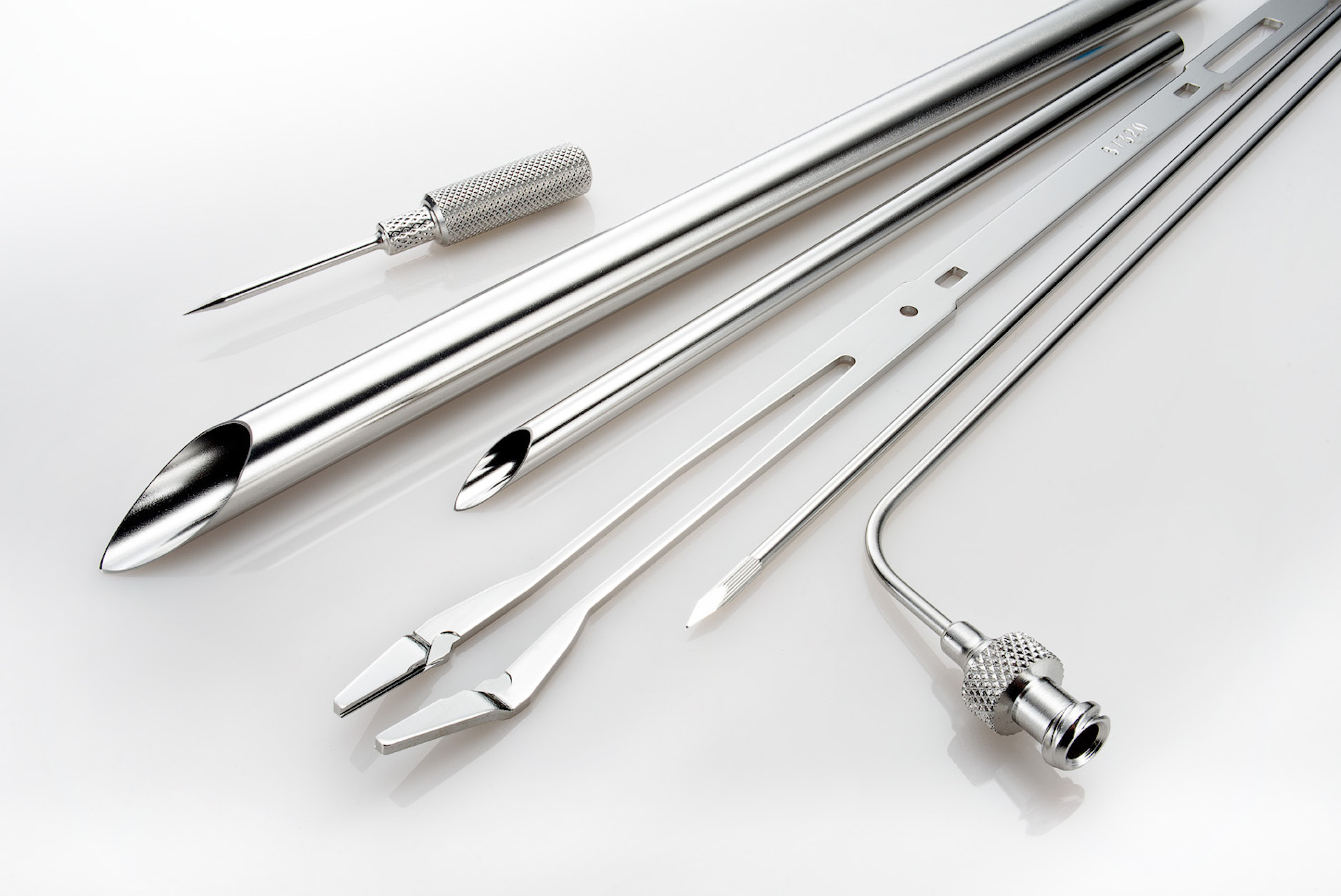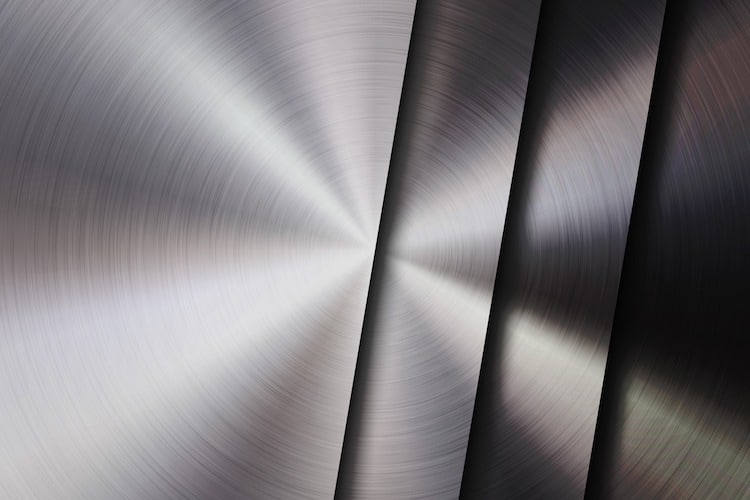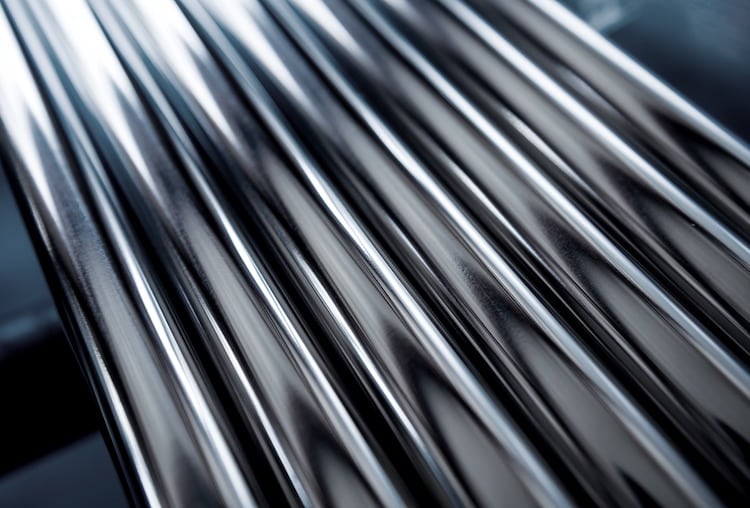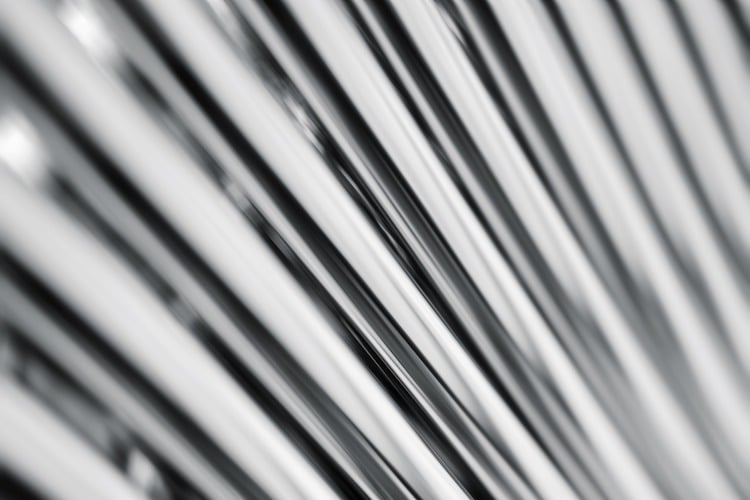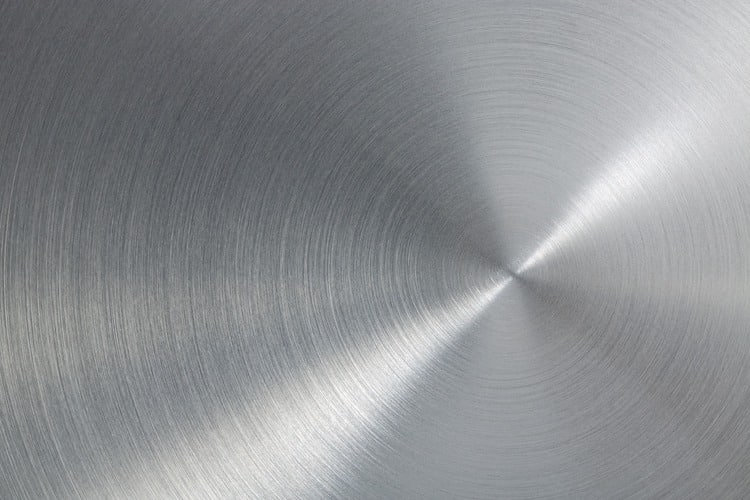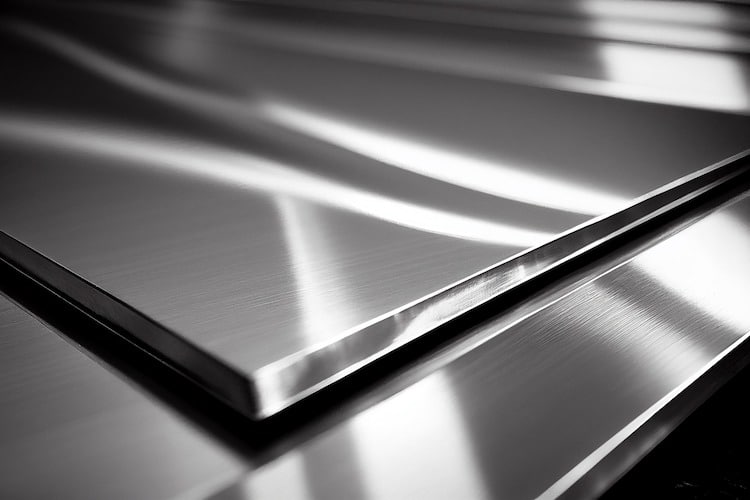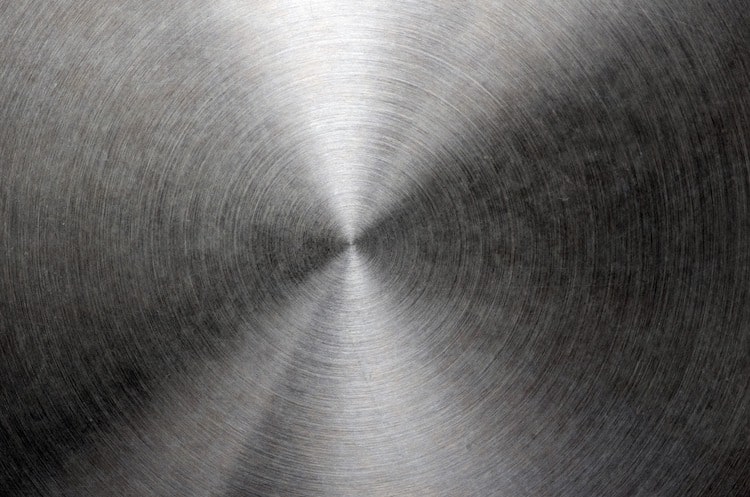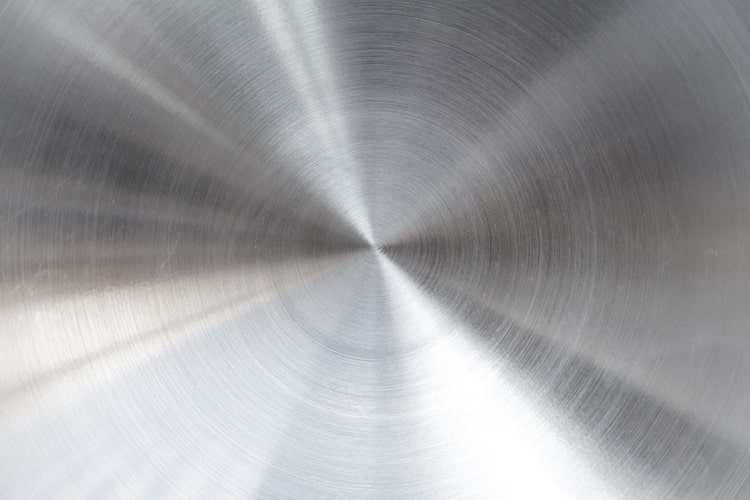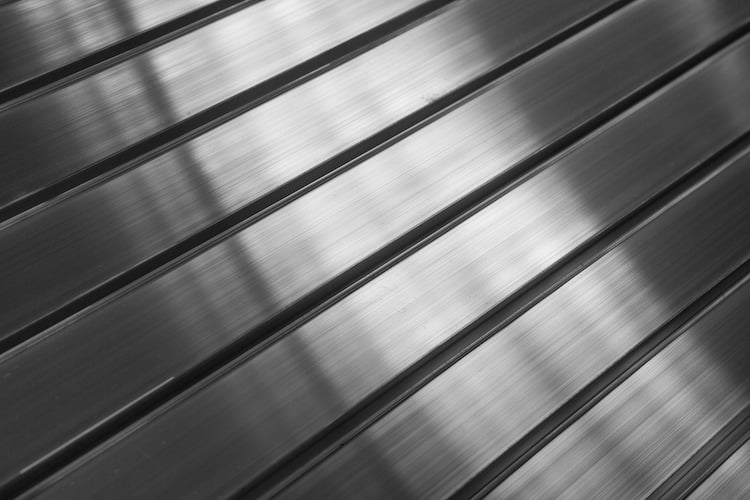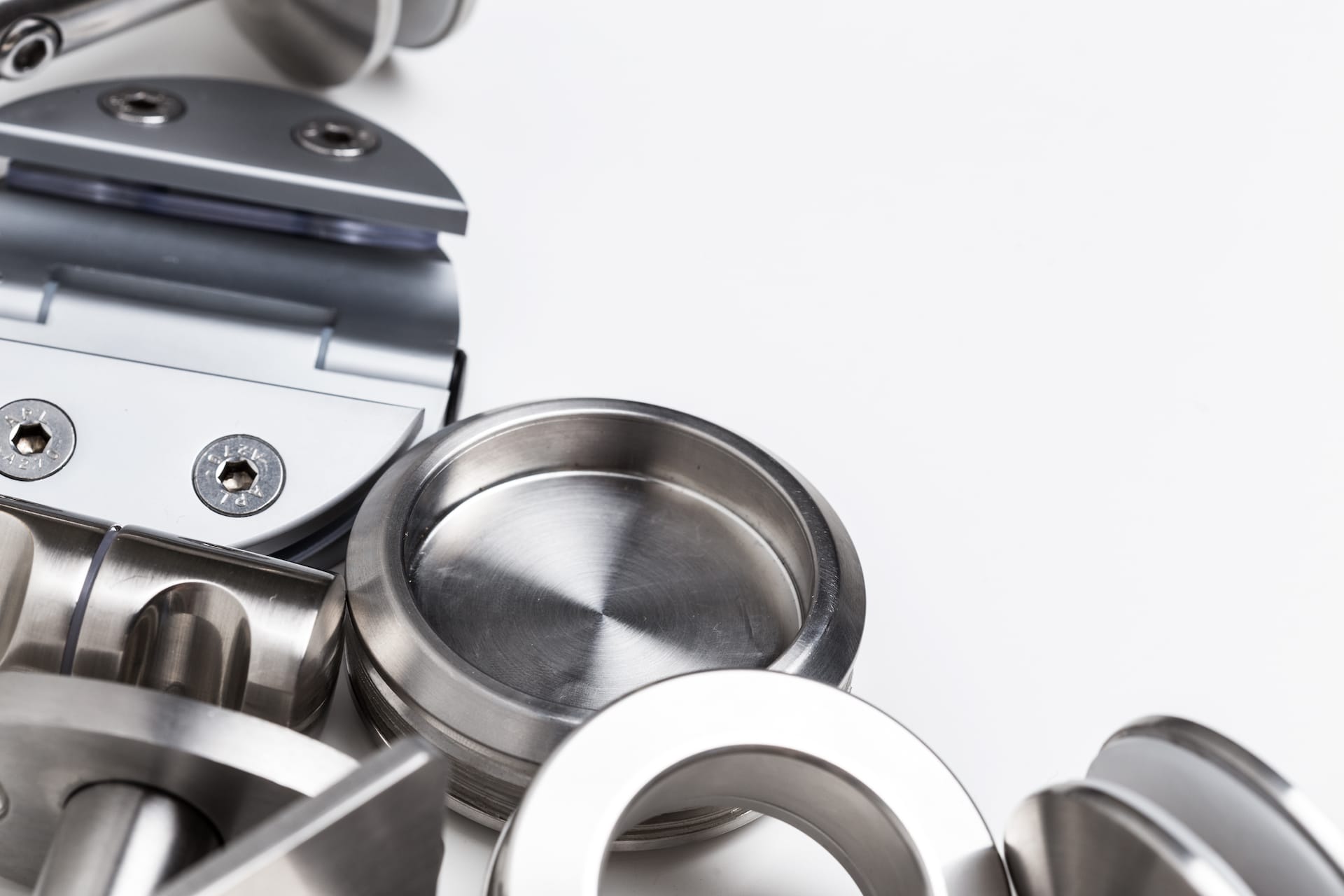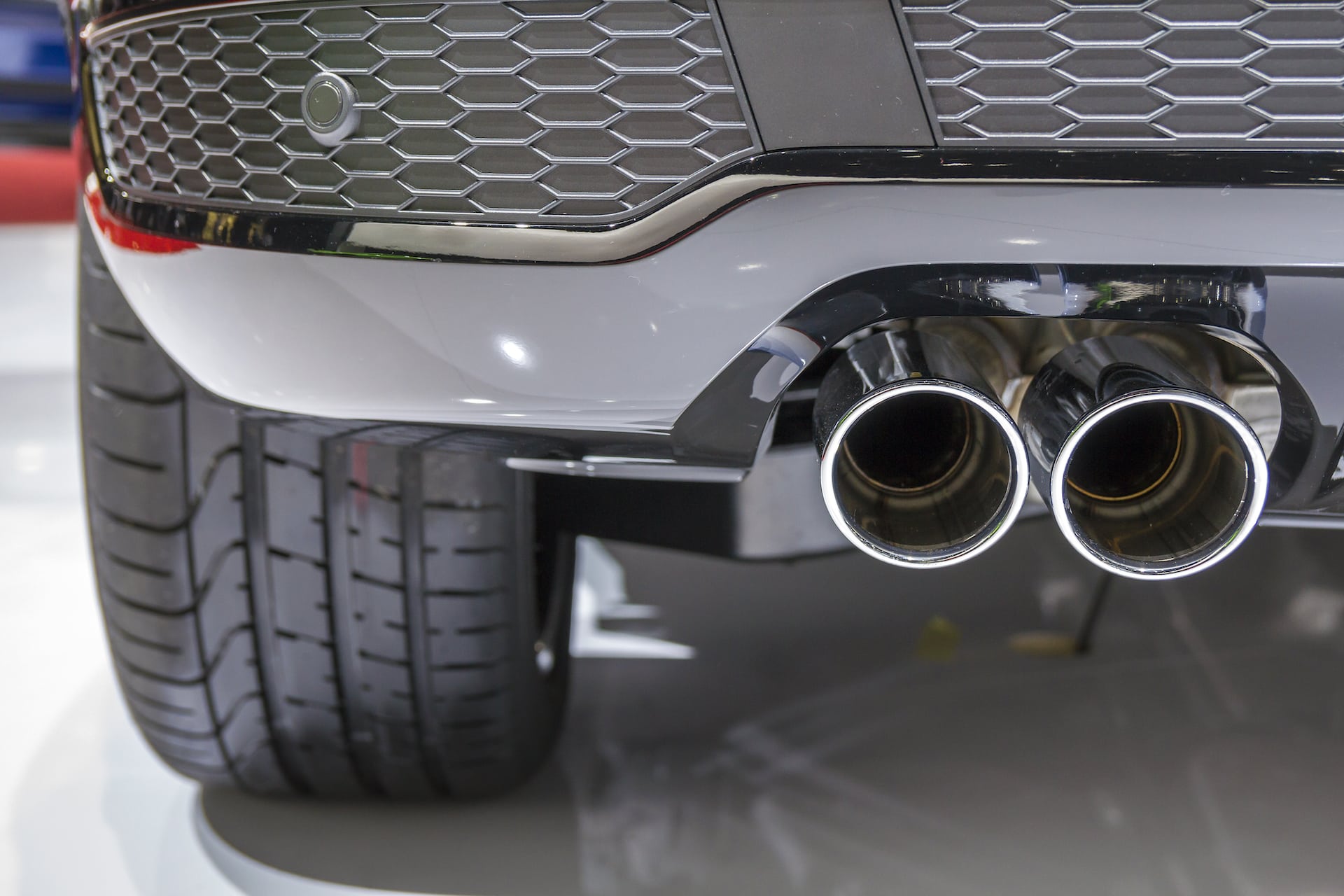Understanding Grade 430 Stainless Steel
In this article, we’ll break down the chemical composition, mechanical properties, benefits, limitations, and applications of 430 stainless steel.
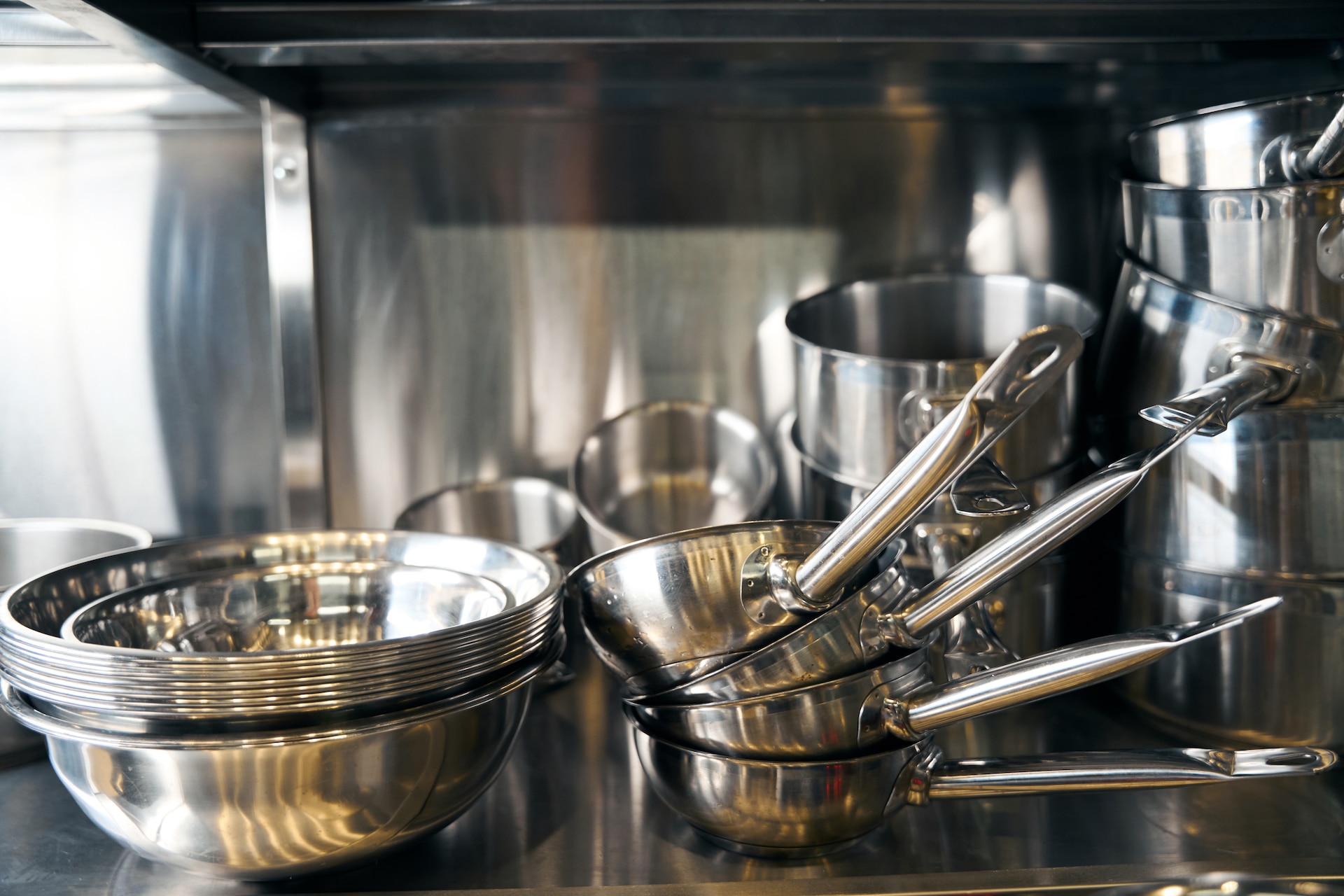
Composition and Structure
430 stainless steel is a ferritic stainless steel, meaning it has a body-centered cubic (BCC) crystal structure. Unlike austenitic grades such as 304 or 316, it does not contain nickel as a major alloying element. Instead, it is primarily composed of:
-
Chromium (16–18%) – Provides corrosion resistance and scale resistance.
-
Carbon (≤0.12%) – Kept low to maintain ductility and toughness.
-
Iron (balance) – The base metal of the alloy.
-
Minor elements – Such as manganese, silicon, phosphorus, and sulfur, which contribute to strength, machinability, and other characteristics.
The absence of nickel is one of the key reasons why 430 stainless steel is less expensive than common austenitic grades.
Key Properties
Corrosion Resistance
430 stainless steel offers good resistance to atmospheric corrosion, mild chemicals, and oxidation at elevated temperatures. While not as corrosion-resistant as 304 or 316, it performs well in indoor environments and moderate outdoor conditions. However, it is not recommended for highly corrosive settings, such as marine or acidic environments.
Mechanical Properties
-
Tensile Strength: ~450 MPa
-
Yield Strength: ~205 MPa
-
Elongation at Break: ~22%
-
Hardness: ~HRB 89
These values make 430 stainless steel suitable for applications requiring moderate strength and good formability.
Magnetic Behavior
Unlike austenitic stainless steels, grade 430 is magnetic, making it useful for applications where magnetism is required.
Heat Resistance
430 stainless steel can withstand intermittent exposure to temperatures up to around 870°C (1600°F) and continuous use up to about 815°C (1500°F). It also resists scaling and maintains structural integrity under these conditions.
Advantages of 430 Stainless Steel
-
Cost-Effective: Lower cost due to the absence of nickel.
-
Good Formability: Easily formed, bent, and shaped.
-
Magnetic: Suitable for magnetic applications.
-
Oxidation Resistance: Performs well at elevated temperatures.
-
Readily Available: Widely produced and accessible across industries.
Limitations of 430 Stainless Steel
-
Lower Corrosion Resistance: Not suitable for aggressive environments or prolonged outdoor use in harsh climates.
-
Brittleness at Low Temperatures: Can become less ductile in cryogenic applications.
-
Reduced Weldability: More challenging to weld compared to austenitic stainless steels, and welded areas may lose some corrosion resistance.
Common Applications
Because of its balance between performance and cost, 430 stainless steel is used across a range of industries and consumer products, including:
-
Appliances: Refrigerator panels, dishwasher interiors, oven linings.
-
Automotive: Trim, exhaust system components, and decorative features.
-
Architecture: Roofing, wall cladding, and interior design elements.
-
Kitchenware: Cutlery, sinks, and food preparation equipment.
-
Industrial Uses: Heat exchangers, furnace parts, and other applications where heat resistance is valuable.
Surface Treatments and Finishes
Like other stainless steels, 430 can be enhanced through surface finishing techniques:
-
Polishing: Improves aesthetics and reduces surface roughness.
-
Passivation: Removes free iron from the surface to improve corrosion resistance.
-
Electropolishing: Further refines the surface, enhancing cleanliness, smoothness, and performance in demanding environments.
These treatments extend the life of the alloy and allow it to be used in more specialized applications.
430 Stainless Steel vs. Other Grades
-
430 vs. 304: 304 offers superior corrosion resistance and formability but at a higher cost due to nickel content. 430 is more affordable and magnetic but less corrosion-resistant.
-
430 vs. 316: 316 is highly resistant to chloride corrosion, making it ideal for marine and chemical applications. 430 does not offer the same level of protection but is significantly cheaper.
-
430 vs. 409: Both are ferritic stainless steels commonly used in automotive applications. 430 has better corrosion resistance than 409, making it preferable for decorative or less exposed parts.
Conclusion
Grade 430 stainless steel is a versatile, affordable, and widely used ferritic stainless steel. Its combination of good corrosion resistance, heat resistance, and formability makes it suitable for everything from household appliances to automotive trim. While it does not offer the same high-performance corrosion resistance as nickel-containing austenitic grades, its lower cost and adequate durability make it a practical choice for many industries.
When enhanced through finishing processes like passivation and electropolishing, 430 stainless steel can achieve even greater longevity and performance, making it a dependable material for both everyday and industrial applications.
